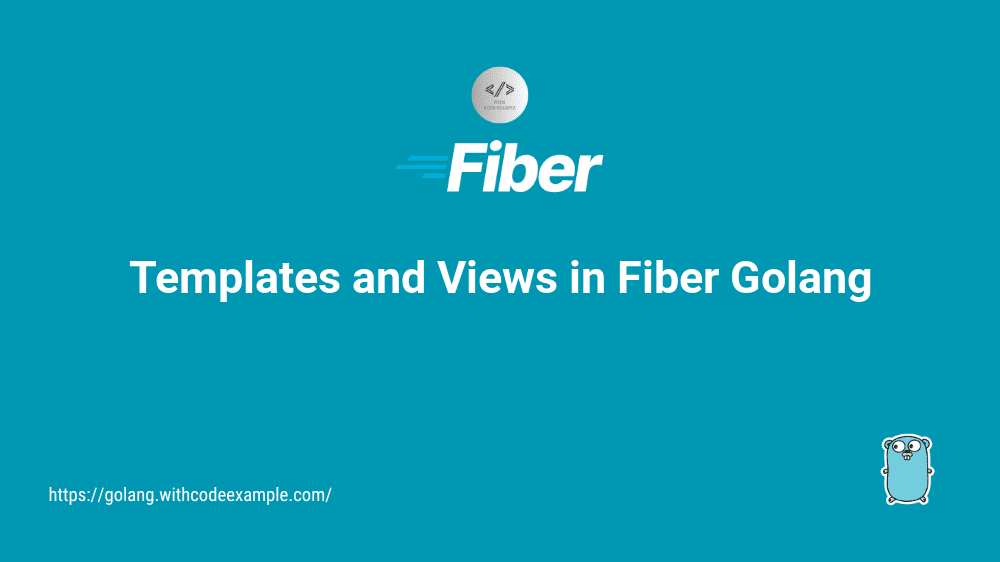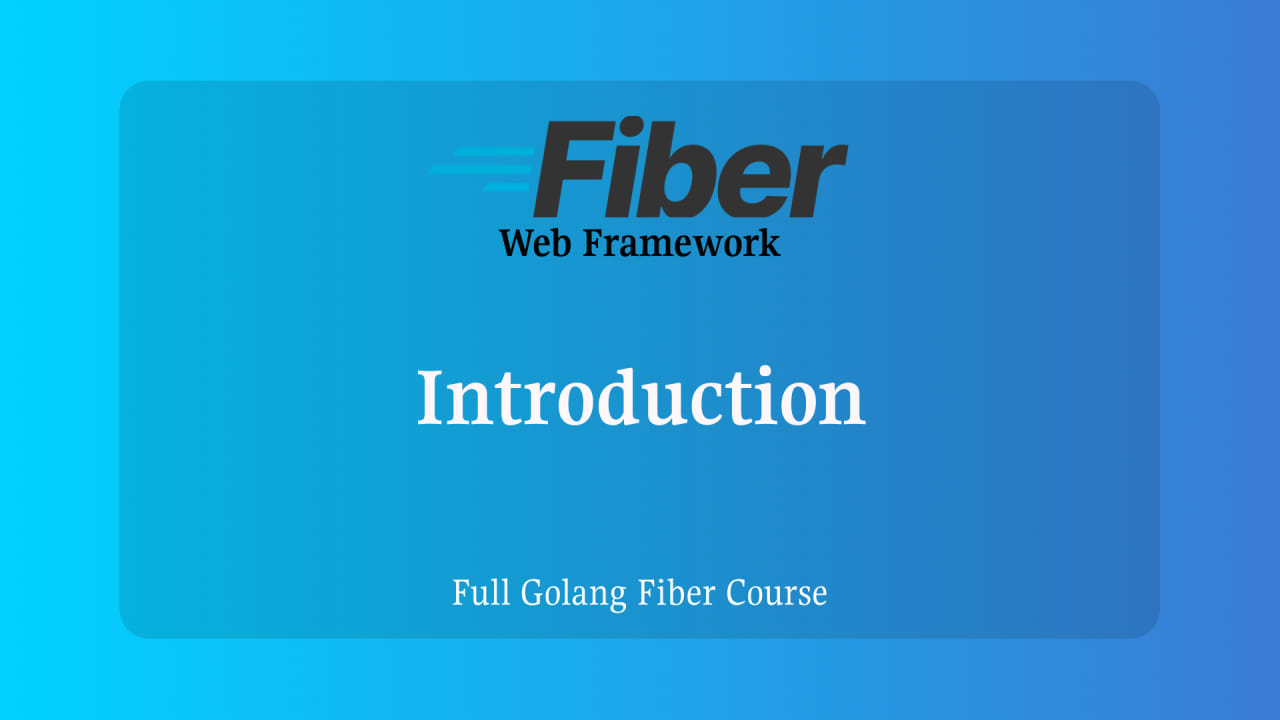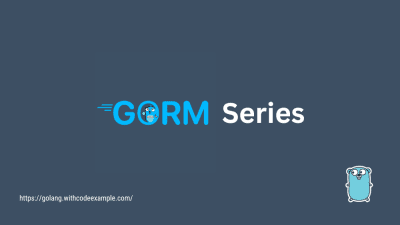Fiber Golang: A Powerful Web Framework for Go (Golang)
- With Code Example
- August 22, 2023
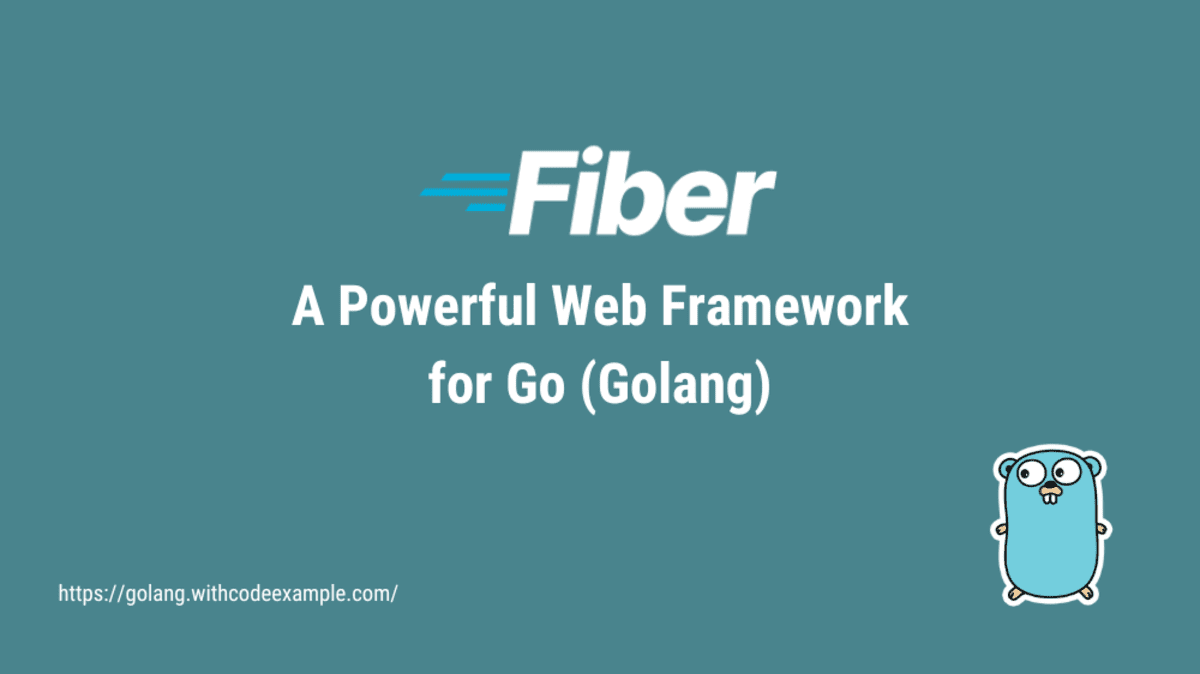

In web development, choosing the right framework can significantly impact the efficiency and success of your projects. Enter Fiber, an impressive web framework for the Go (Golang) programming language. Known for its lightning-fast performance and robust features, Fiber Golang has emerged as a popular choice among developers looking to build high-performance web applications. In this article, we will delve into the world of Fiber, exploring its unique attributes and understanding why it has garnered such attention within the Go ecosystem.
Table of Contents
Understanding the Need for Efficient Web Frameworks
![]()
Web frameworks play a crucial role in streamlining the web development process. They provide developers with a structured foundation, allowing them to focus on building the core functionalities of their applications rather than grappling with low-level details. For the Go programming language, a solid web framework is essential to harness the language’s concurrency capabilities and deliver optimal performance.
Key Features of Fiber Golang: What Sets It Apart
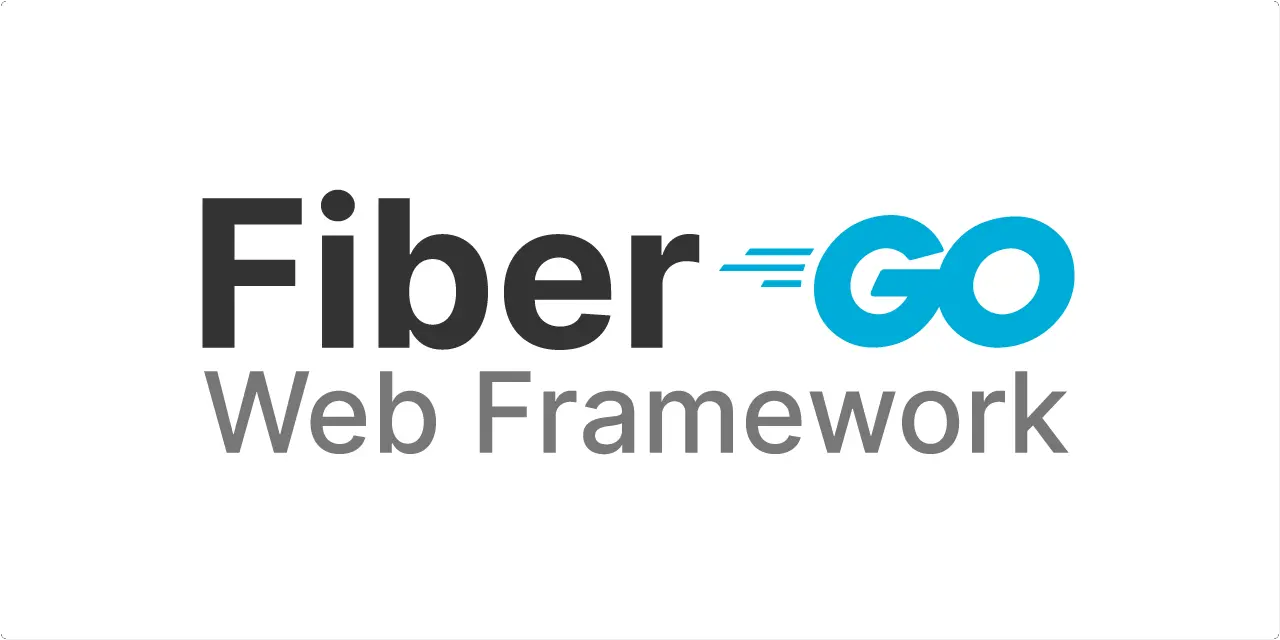
Fiber stands out in the crowded field of web frameworks due to its exceptional features that empower developers to create efficient and robust web applications. Let’s explore some of the key features that make Fiber a standout choice:
1. Speed and Performance Optimizations
Fiber is designed with speed in mind. Leveraging the power of Go’s lightweight threads (goroutines) and efficient concurrency model, Fiber Golang can handle a large number of concurrent connections without breaking a sweat. This translates to reduced response times and enhanced user experiences.
Example:
package main
import (
"github.com/gofiber/fiber/v2"
)
func main() {
app := fiber.New()
app.Get("/", func(c *fiber.Ctx) error {
return c.SendString("Hello, Fiber!")
})
app.Listen(":3000")
}
2. Flexible Routing Capabilities
Routing is a fundamental aspect of web applications, and Fiber excels in this domain. Its routing engine is both intuitive and flexible, allowing developers to define complex routes with ease. This flexibility is particularly valuable when building RESTful APIs or handling intricate URL structures.
Example:
package main
import (
"github.com/gofiber/fiber/v2"
)
func main() {
app := fiber.New()
app.Get("/", func(c *fiber.Ctx) error {
return c.SendString("Welcome to the homepage!")
})
app.Get("/about", func(c *fiber.Ctx) error {
return c.SendString("About us page")
})
app.Listen(":3000")
}
3. Middleware for Request and Response Handling
Middleware functions are a cornerstone of modern web frameworks, enabling developers to inject custom logic into the request-response cycle. Fiber golang offers a rich set of middleware options that can be seamlessly integrated into your application’s workflow. This enables tasks such as authentication, logging, and CORS handling to be neatly abstracted into middleware layers.
Example:
package main
import (
"github.com/gofiber/fiber/v2"
)
func Logger(c *fiber.Ctx) error {
println("Request received:", c.Path())
return c.Next()
}
func main() {
app := fiber.New()
app.Use(Logger)
app.Get("/", func(c *fiber.Ctx) error {
return c.SendString("Hello, Fiber!")
})
app.Listen(":3000")
}
4. Context for Sharing Data Between Middleware and Handlers
Context is a powerful concept in Fiber. It provides a convenient way to pass data between middleware functions and request handlers, eliminating the need for global variables or complex data-sharing mechanisms. This elegant approach enhances code maintainability and readability.
Example:
package main
import (
"github.com/gofiber/fiber/v2"
)
func main() {
app := fiber.New()
app.Use(func(c *fiber.Ctx) error {
c.Locals("user", "Alice")
return c.Next()
})
app.Get("/", func(c *fiber.Ctx) error {
user := c.Locals("user").(string)
return c.SendString("Hello, " + user)
})
app.Listen(":3000")
}
5. Built-in JSON Parsing and Response Formatting
Working with JSON data is a common requirement in web applications. Fiber simplifies this process by offering built-in support for parsing incoming JSON requests and formatting JSON responses. This feature reduces boilerplate code and accelerates development.
Example:
package main
import (
"github.com/gofiber/fiber/v2"
)
type Person struct {
Name string `json:"name"`
Email string `json:"email"`
}
func main() {
app := fiber.New()
app.Post("/user", func(c *fiber.Ctx) error {
var person Person
if err := c.BodyParser(&person); err != nil {
return err
}
return c.JSON(person)
})
app.Listen(":3000")
}
6. Error Handling Strategies
Error handling is an essential aspect of building reliable applications. Fiber employs a structured error-handling approach that facilitates graceful error propagation and uniform error responses. This consistency enhances debugging and user experience.
Example:
package main
import (
"github.com/gofiber/fiber/v2"
)
func main() {
app := fiber.New()
app.Get("/", func(c *fiber.Ctx) error {
return fiber.NewError(fiber.StatusNotFound, "Page not found")
})
app.Use(func(c *fiber.Ctx) error {
return fiber.NewError(fiber.StatusInternalServerError, "Internal Server Error")
})
app.Listen(":3000")
}
7. Support for WebSockets
Real-time communication has become a staple in modern web applications. Fiber doesn’t fall short in this regard, providing native support for WebSockets. Developers can effortlessly implement WebSocket functionality for interactive features like chat applications and live updates.
Example:
package main
import (
"github.com/gofiber/fiber/v2"
"github.com/gofiber/websocket/v2"
)
func main() {
app := fiber.New()
app.Get("/ws", websocket.New(func(c *websocket.Conn) {
for {
msgType, msg, err := c.ReadMessage()
if err != nil {
return
}
if err := c.WriteMessage(msgType, msg); err != nil {
return
}
}
}))
app.Listen(":3000")
}
8. Static File Serving Capabilities
Serving static files such as HTML, CSS, and images is a common task for web applications. Fiber simplifies this process by offering convenient methods to serve static content. This functionality is especially useful when building single-page applications (SPAs) or web portals.
Example:
package main
import (
"github.com/gofiber/fiber/v2"
)
func main() {
app := fiber.New()
app.Static("/", "./static")
app.Listen(":3000")
}
Conclusion
In conclusion, Fiber Golang has emerged as a game-changing web framework for Go (Golang) developers. Its blend of speed, flexibility, and powerful features positions it as a solid choice for building modern and performant web applications. Whether you’re crafting RESTful APIs, real-time applications, or dynamic websites, Fiber equips you with the tools needed to bring your visions to life
By harnessing the unique capabilities of Fiber, you can streamline your development workflow, deliver optimal user experiences, and elevate your programming journey within the Go ecosystem.
Remember, the choice of a web framework is a critical decision that should align with the specific needs of your project. As you embark on your exploration of Fiber, you’ll likely discover its nuances and capabilities that resonate most with your development goals. Happy coding!
Note
This article aims to provide an overview of Fiber’s key features and advantages. For in-depth implementation details and code examples, refer to Fiber’s official documentation and community resources.
FAQs
Choosing the right web framework is crucial in web development as it provides developers with a structured foundation, allowing them to focus on building core functionalities rather than dealing with low-level details. A solid web framework streamlines the development process and can significantly impact the efficiency and success of projects.
Fiber Golang stands out due to its exceptional features, including:
- Speed and Performance Optimizations: Leveraging Go’s lightweight threads and efficient concurrency model for high performance.
- Flexible Routing Capabilities: Intuitive and flexible routing engine for defining complex routes.
- Middleware for Request and Response Handling: Rich set of middleware options for injecting custom logic into the request-response cycle.
- Context for Sharing Data Between Middleware and Handlers: Convenient way to pass data between middleware functions and request handlers.
- Built-in JSON Parsing and Response Formatting: Simplified handling of JSON requests and responses.
- Error Handling Strategies: Structured error-handling approach for graceful error propagation.
- Support for WebSockets: Native support for implementing WebSocket functionality.
- Static File Serving Capabilities: Convenient methods for serving static content like HTML, CSS, and images.
Fiber Golang provides native support for WebSockets, allowing developers to implement real-time communication features such as chat applications and live updates effortlessly.
Error handling is essential for building reliable applications, and Fiber Golang employs a structured error-handling approach that facilitates graceful error propagation and uniform error responses. This consistency enhances debugging and user experience.
For more in-depth implementation details and code examples, you can refer to Fiber’s official documentation and community resources. These resources provide comprehensive guides, tutorials, and examples to help you harness the full potential of Fiber Golang in your projects.


